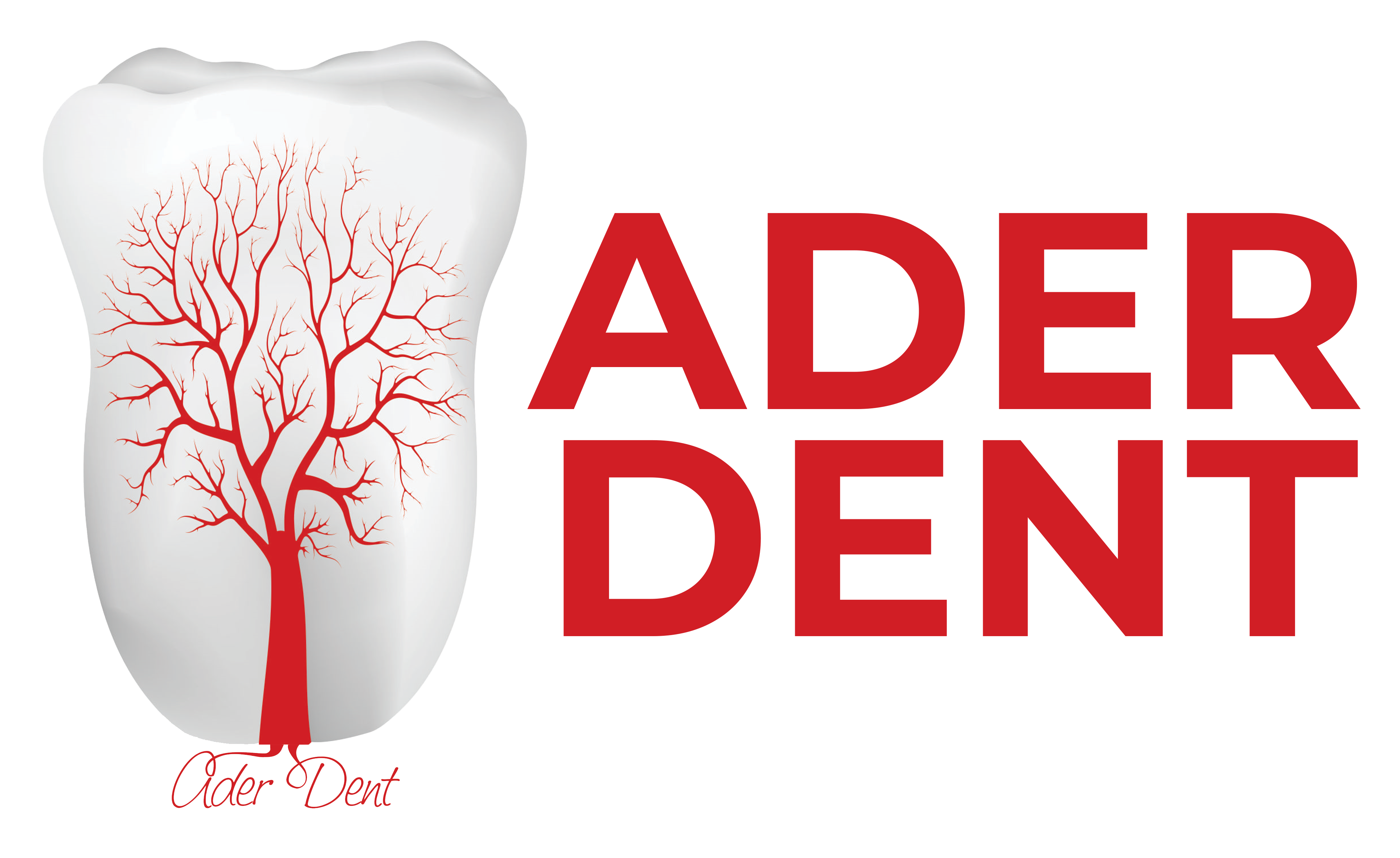GUM DISEASES AND TREATMENT METHODS
Gum diseases are conditions caused by poor oral hygiene that lead to infections in the gums and can result in serious health problems. Typically, plaque buildup and bacterial infections on the teeth cause inflammation in the gums.
If left untreated, gum diseases can damage the bone structure that supports the teeth and eventually lead to tooth loss. Therefore, early diagnosis and treatment of gum diseases are crucial.
Gum Diseases: Development and Symptoms
The development of gum diseases usually begins with inadequate oral hygiene. Plaque buildup on the gums allows bacteria to multiply and infections to form.
This condition starts as gingivitis, a mild form of gum disease. Gingivitis is characterized by redness, swelling, and bleeding of the gums. At this stage, the disease has not yet damaged the supporting tissues of the teeth and can be easily managed with treatment.
However, if gingivitis is left untreated, it can progress to periodontitis, a more advanced stage that affects the bone and connective tissues surrounding the teeth.
Symptoms at this stage may include tooth mobility, bad breath, and gum recession. As periodontitis progresses, the risk of tooth loss significantly increases.
Treatment Methods for Gum Diseases
The treatment of gum diseases varies depending on the stage of the condition. While early-stage diseases can usually be managed through improved oral hygiene, advanced cases may require more comprehensive treatment methods.
- Gingivitis Treatment: As the earliest stage of gum disease, gingivitis can be treated with proper oral care. Regular brushing, flossing, and tartar removal can help reverse gingivitis. Professional cleaning by a dentist is also important.
- Periodontitis Treatment: If gingivitis is not treated, it may progress to periodontitis. In such cases, deeper cleaning procedures by a dentist may be required. This involves removing plaque and tartar from below the gumline. In severe cases, surgical intervention may be necessary.
- Surgical Treatment: If the gum disease has reached an advanced stage, surgical procedures may be required. These may involve removing infected gum tissue or reconstructing the area using bone grafts. Such treatments are usually performed by a periodontist.
Prevention of Gum Diseases
The best treatment for gum disease is prevention. Here are some key recommendations to follow:
- Regular Oral Care: Brushing, flossing, and using mouthwash regularly are crucial to prevent gum disease.
- Dental Check-Ups: Visiting the dentist at least twice a year can help diagnose gum disease early.
- Healthy Nutrition: A poor diet can contribute to gum disease. Ensure you get adequate vitamins and minerals.
- Avoid Smoking: Smoking increases the risk of gum disease. Avoiding tobacco helps protect gum health.
Treatment of Gum Diseases: Early Intervention Is Critical
Gum disease treatment is more effective and faster when started early. Therefore, if you notice any signs such as inflammation, bleeding, or swelling in your gums, you should consult a dentist immediately. If left untreated, gum disease can negatively impact not only oral health but also overall well-being. With proper treatment, healthy gums can be restored.

